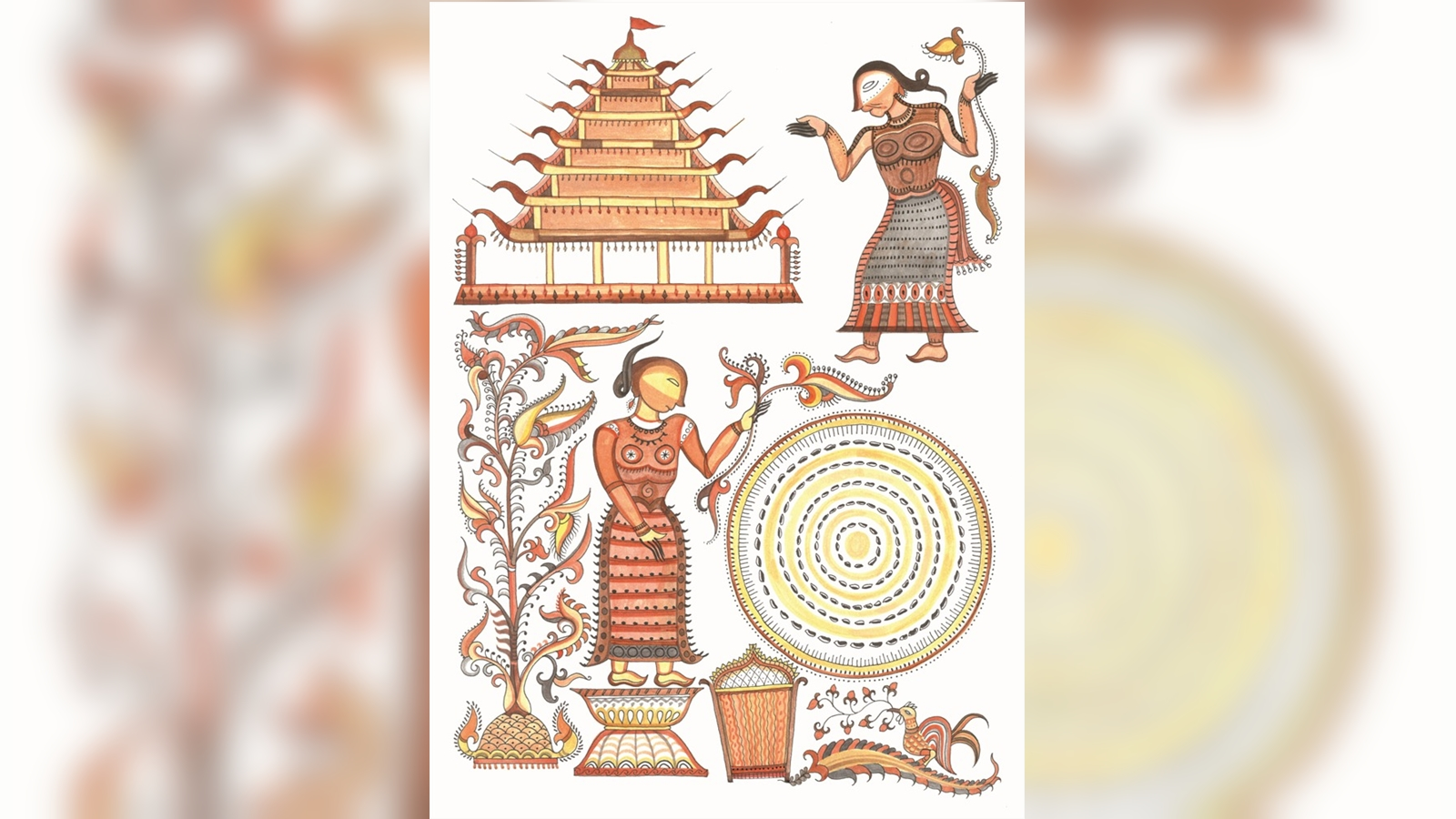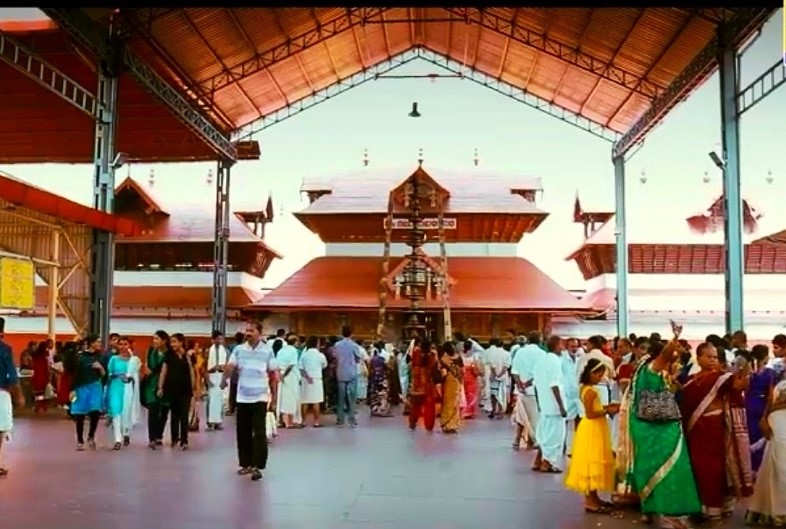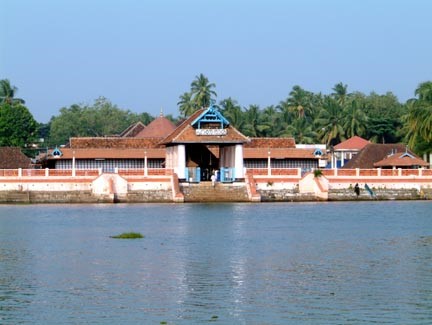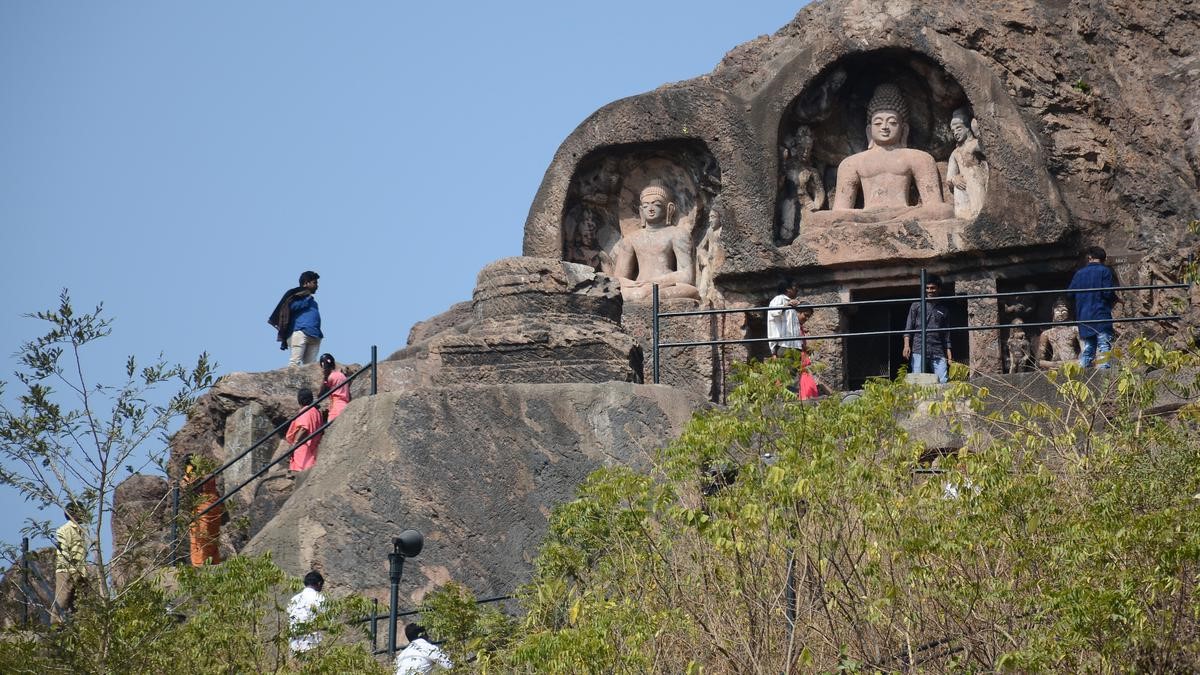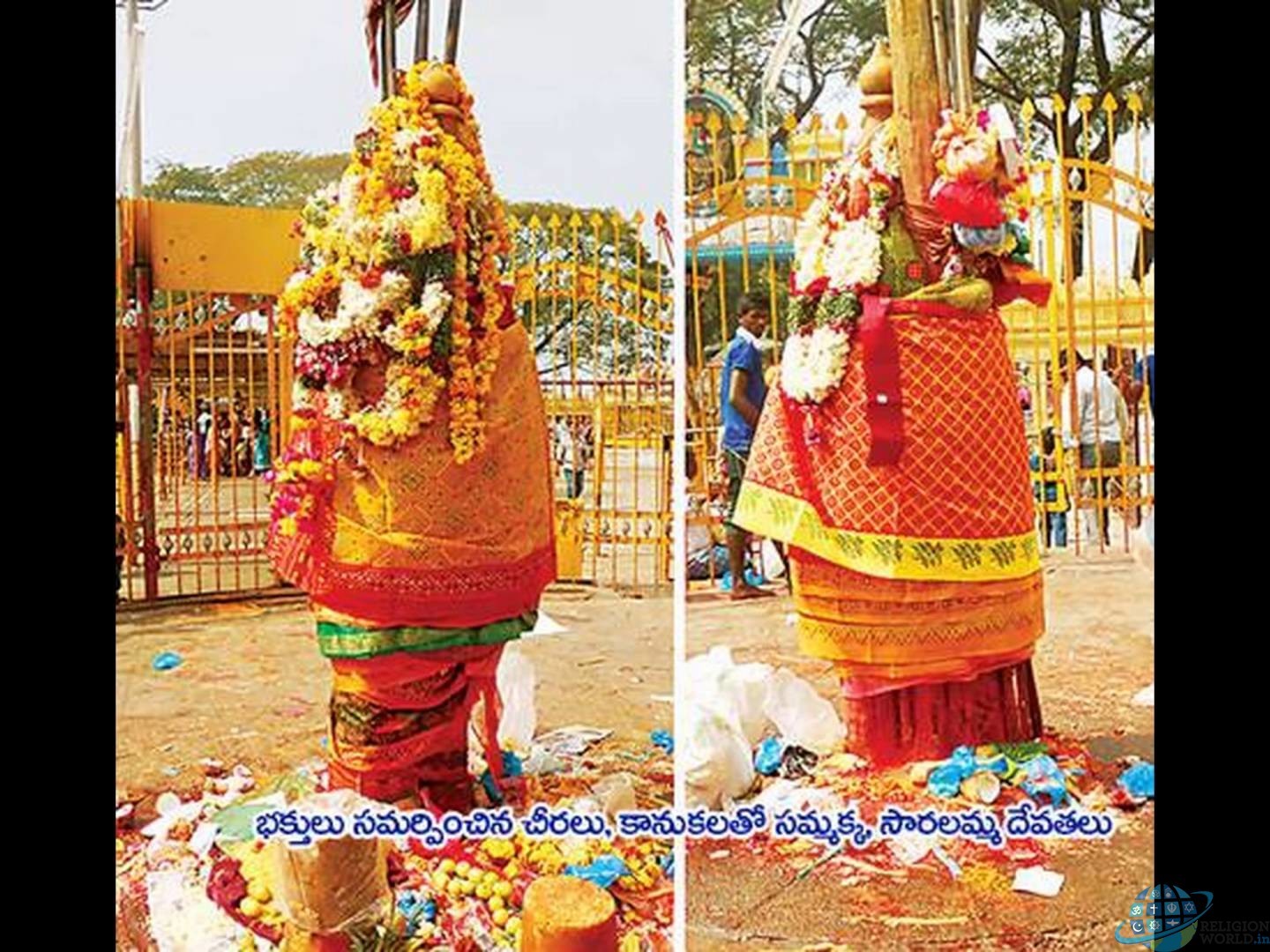Description
Context: A team of the Health Ministry has reported that nearly 10-20 pilgrims and 10-20 locals at the Kumbh Mela, ongoing in Haridwar, Uttarakhand, are being reported positive every day.
About Kumbh Mela:
- Kumbh Mela or Kumbha Mela is a major pilgrimage and festival in Hinduism.
- It is celebrated in a cycle of approximately 12 years at four river-bank pilgrimage sites: the Allahabad (Ganges-Yamuna Sarasvati rivers confluence), Haridwar (Ganges), Nashik (Godavari), and Ujjain (Shipra).
- The festival is marked by a ritual dip in the waters, but it is also a celebration of community commerce with numerous fairs, education, religious discourses by saints, mass feedings of monks or the poor, and entertainment spectacle.
- Approximately 50 and 30 million people attended the Allahabad Ardh Kumbh Mela in 2019 and Maha Kumbh Mela in 2013 respectively to bathe in the holy river Ganges
- The festival is traditionally credited to the 8th-century Hindu philosopher and saint Adi Shankara, as a part of his efforts to start major Hindu gatherings for philosophical discussions and debates along with Hindu monasteries across the Indian subcontinent.
Ahom warrior
Context:
- Prime Minister Narendra Modi called 17th century Ahom General Lachit Borphukan a symbol of India’s “atmanirbhar” military might.
- He waxed eloquent on the legendary military strategist days after referring to him as a freedom fighter who contributed to the independence of the country.
- The Prime Minister said Borphukan was the inspiration behind strengthening India’s naval force and revitalising inland water transport and creating infrastructure.
Ahom Kingdom:
- The Ahom kingdom was a late medieval kingdom in the Brahmaputra Valley in Assam.
- It is well known for maintaining its sovereignty for nearly 600 years and successfully resisted Mughal expansion in Northeast India.
- Established by Sukaphaa, a Tai prince from Mong Mao, it began as a mong in the upper reaches of the Brahmaputra based on wet rice agriculture.
- It expanded suddenly under Suhungmung in the 16th century and became multi-ethnic in character, casting a profound effect on the political and social life of the entire Brahmaputra valley.
- The kingdom became weaker with the rise of the Moamoria rebellion, and subsequently fell to repeated Burmese invasions of Assam.
- With the defeat of the Burmese after the First Anglo-Burmese War and the Treaty of Yandabo in 1826, control of the kingdom passed into East India Company hands.
Lachit Borphukan:
- Lachit Borphukan was a commander and Borphukan in the Ahom kingdom.
- He is known for his leadership in the 1671 Battle of Saraighat that thwarted a drawn-out attempt by Mughal forces under the command of Ramsingh I to take over Ahom kingdom.
- He died about a year later due to illness.
Battle of Saraighat:
- The Battle of Saraighat was a naval battle fought in 1671 between the Mughal Empire (led by the Kachwaha king, Raja Ramsingh I), and the Ahom Kingdom (led by Lachit Borphukan) on the Brahmaputra river at Saraighat, now in Guwahati, Assam, India.
- Although weaker, the Ahom Army defeated the Mughal Army by brilliant uses of the terrain, clever diplomatic negotiations to buy time, guerrilla tactics, psychological warfare, military intelligence and by exploiting the sole weakness of the Mughal forces—its navy.
https://www.thehindu.com/todays-paper/tp-national/ahom-warrior-a-symbol-of-atmanirbhar-military-pm/article34127381.ece






